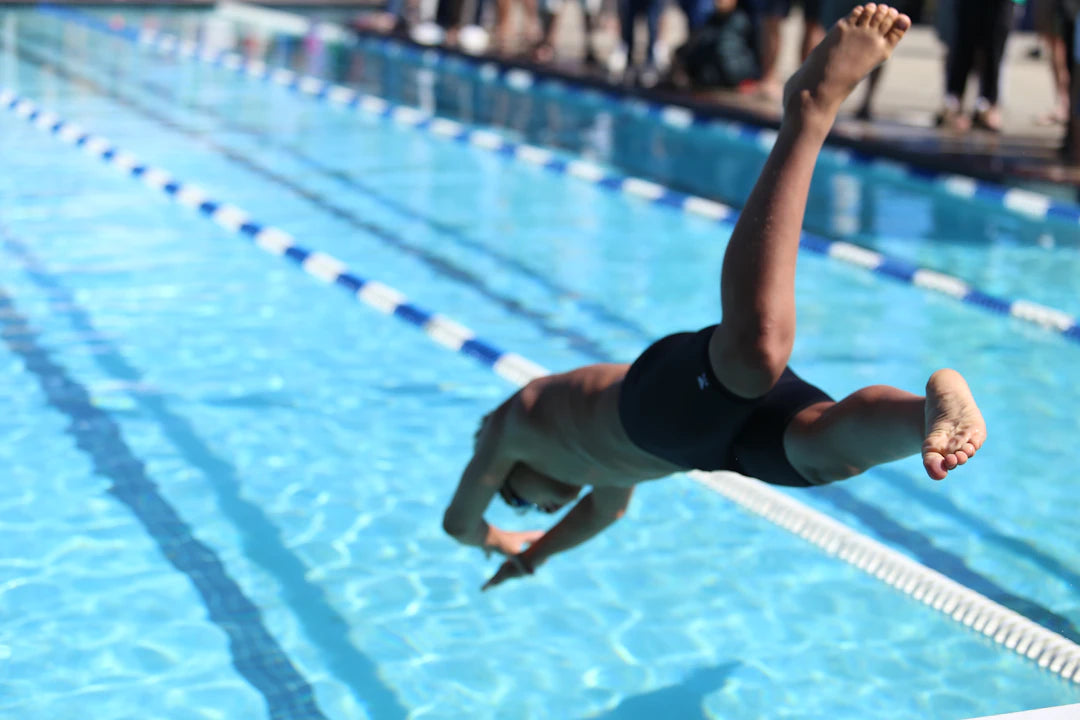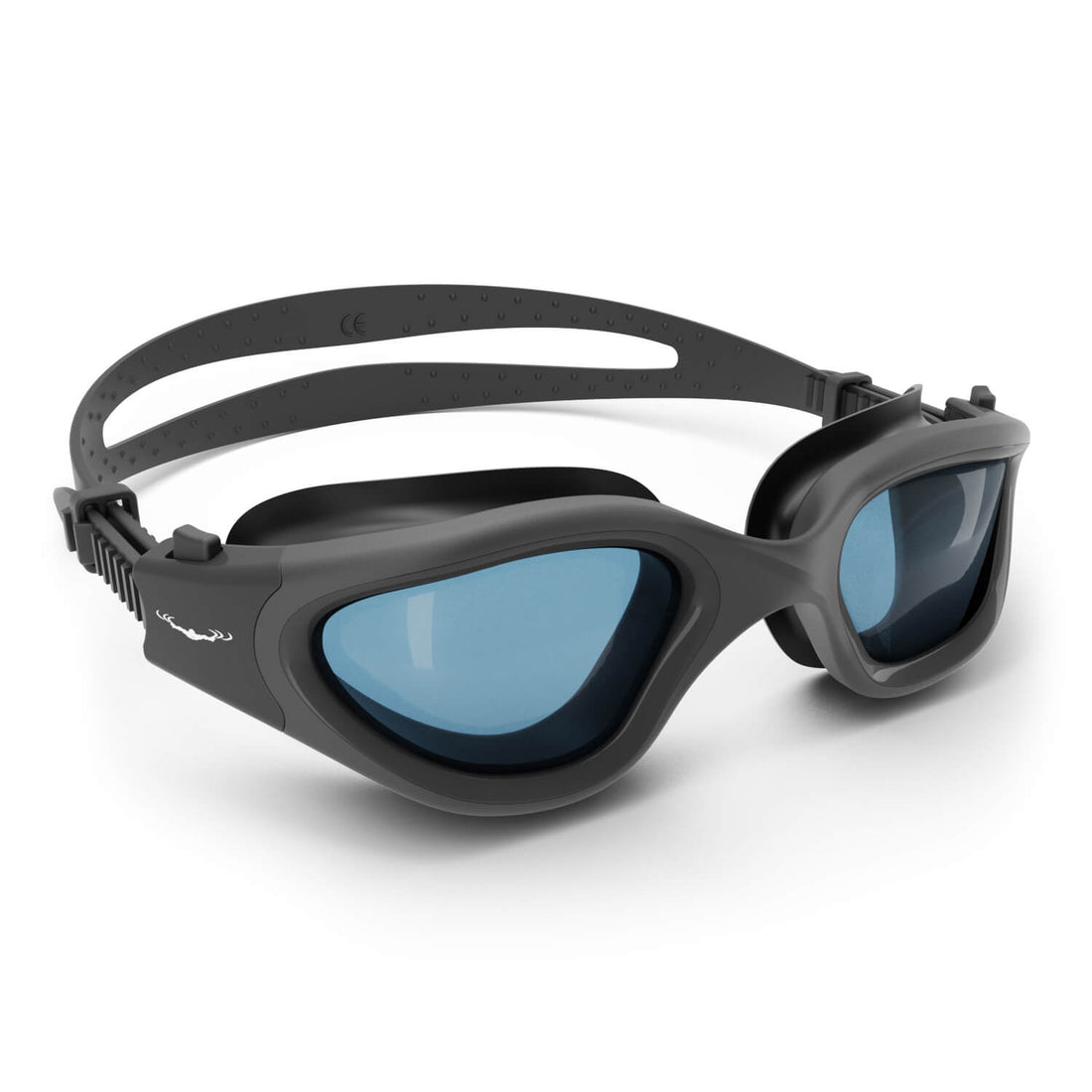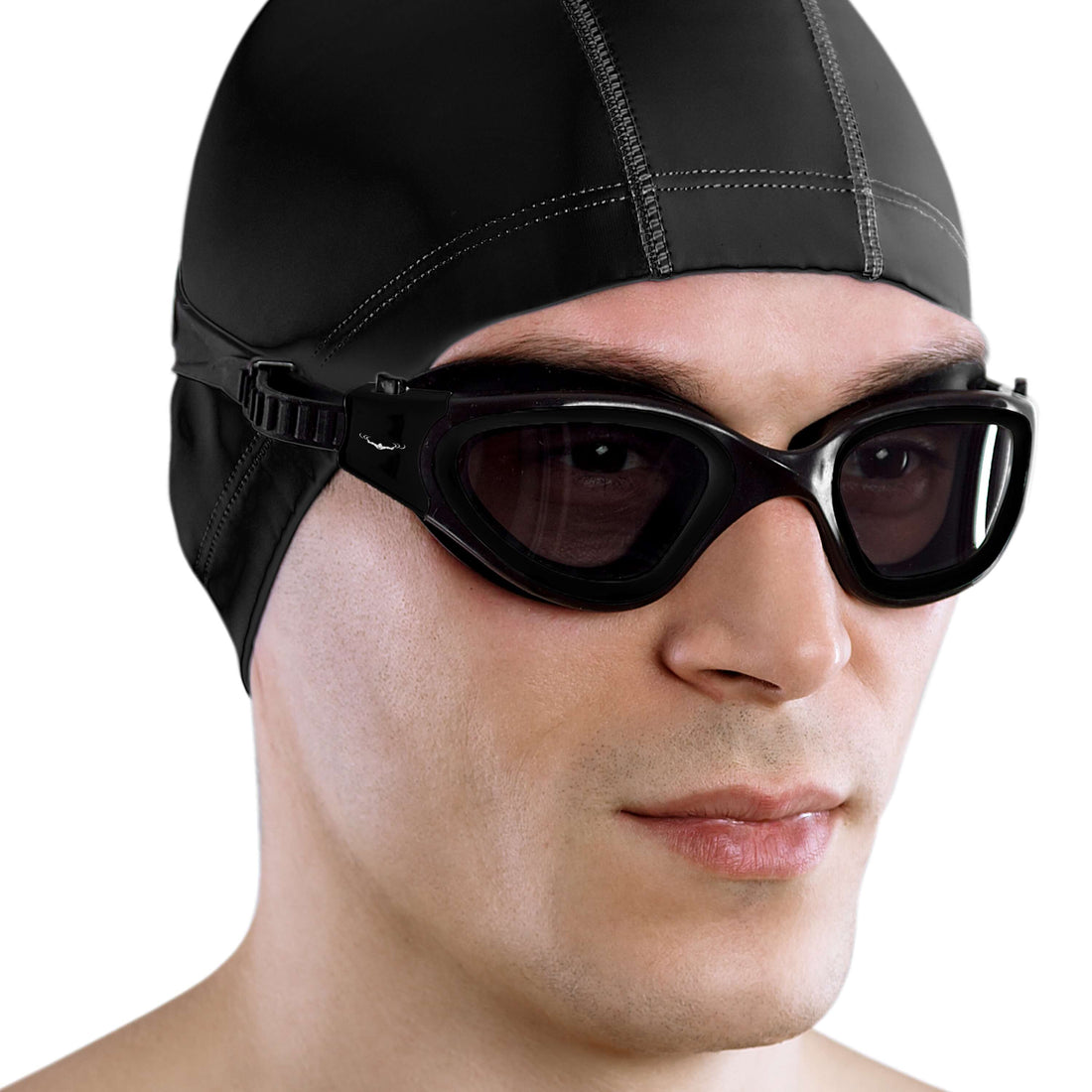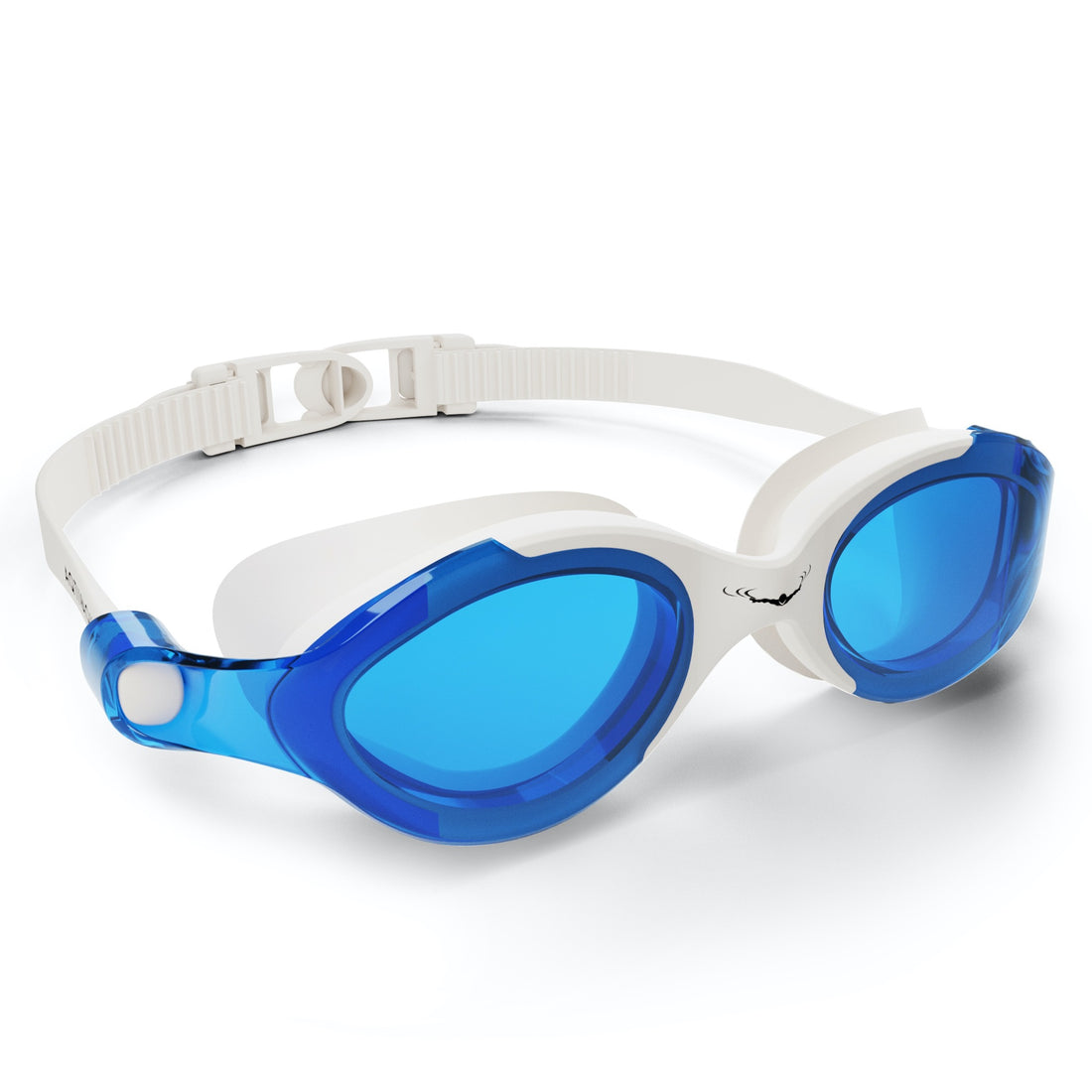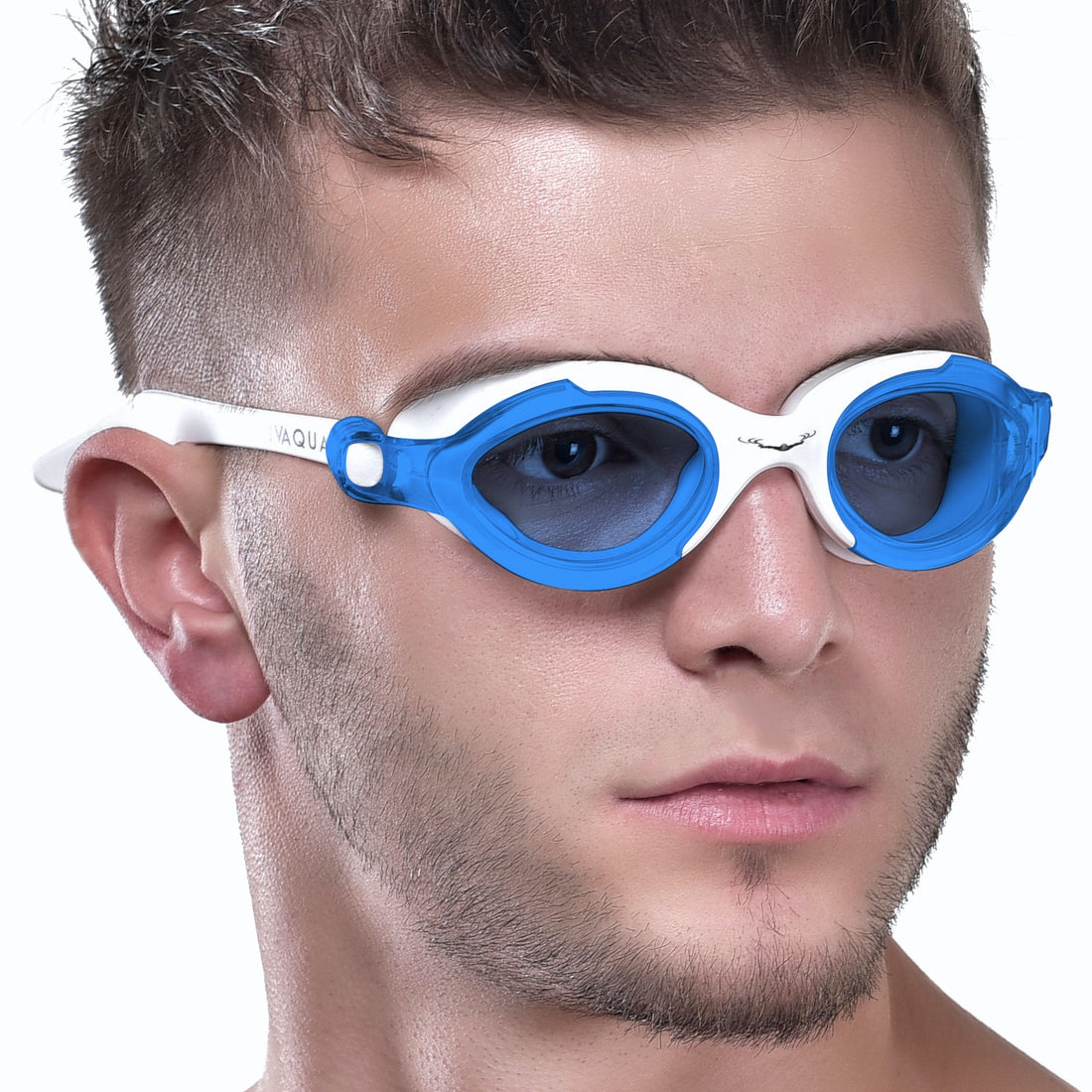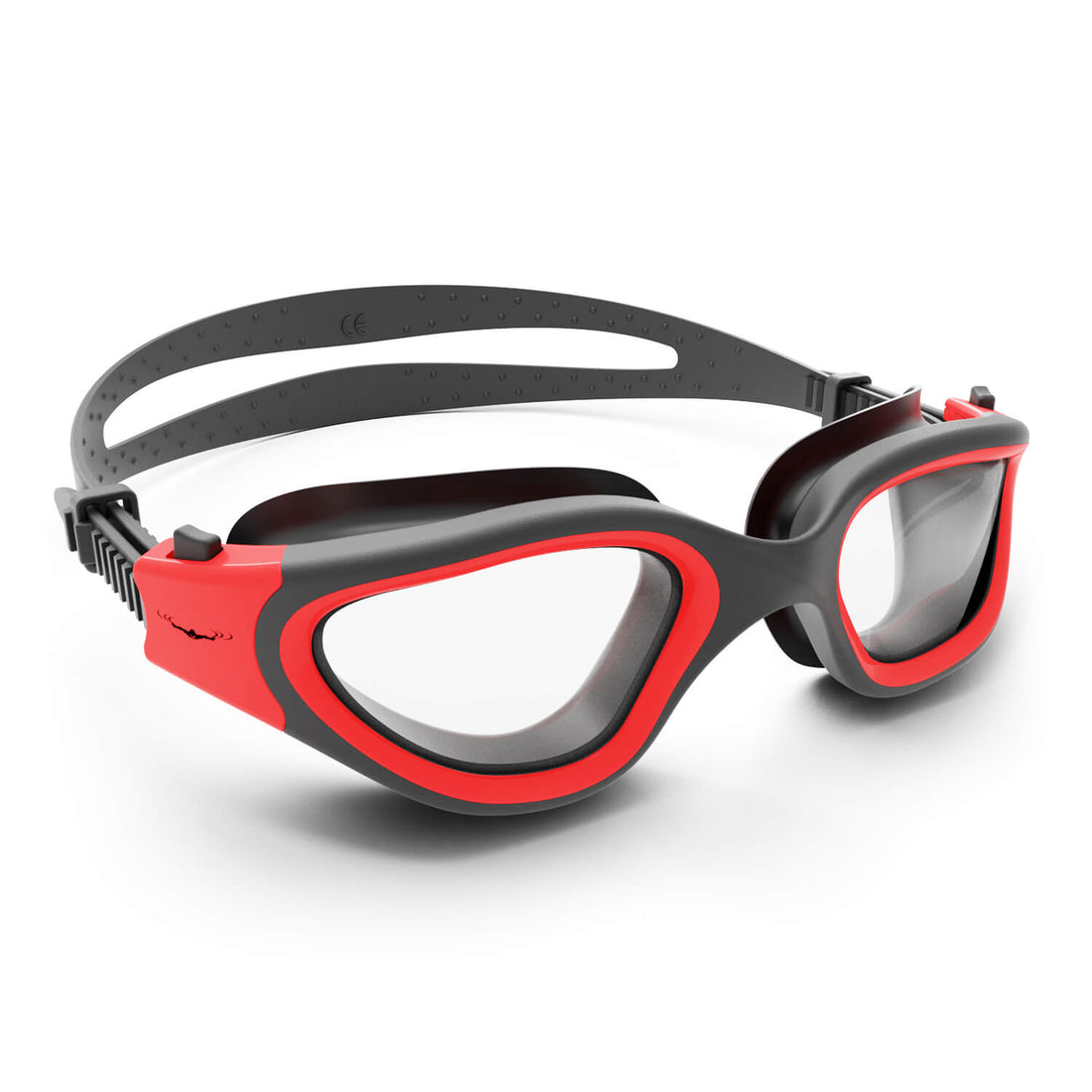Are you ready to dive into the world of competitive swimming? Preparing for a swimming competition is more than just practicing your strokes; it’s about developing a comprehensive training routine, nurturing your body, and mastering the mental game. Whether you’re a seasoned swimmer or just starting your aquatic journey, this guide will set you on the path to success in the pool. Let's explore how you can train effectively and ensure you’re ready to make waves at your next competition.
Understanding the Basics of Swimming Competitions
Before you strap on your swim cap and goggles, it's important to understand what a swimming competition entails. Competitions can vary in distance, style, and intensity, so familiarizing yourself with the specifics of your event can give you an edge. The main strokes competitively swum include:
- Freestyle
- Backstroke
- Breaststroke
- Butterfly
- Individual Medley (IM)
Knowing which events you'll participate in will allow you to tailor your training program appropriately.
Setting Your Goals
Goals are crucial in guiding your training efforts, whether it's improving your time, perfecting your technique, or competing in a specific event. To set effective goals, consider the following:
SMART Goals Framework
- Specific: Define exactly what you want to achieve. For instance, “I want to reduce my 200m freestyle time by 5 seconds.”
- Measurable: Track your progress through time trials or competitive swims.
- Achievable: Ensure your goals are realistic based on your current skill level.
- Relevant: Align your goals with your competitive events.
- Time-bound: Set a deadline for your goals, like “I want to achieve this within three months.”
Creating Your Training Schedule
Your training schedule should encompass various aspects of swimming, including technique, endurance, sprinting, and strength training. Typically, a well-rounded schedule includes:
Pool Workouts
Engage in pool workouts at least 4-6 times a week. Each session should focus on a combination of:
- Warm-ups: Begin with a warm-up set to loosen your muscles. This could involve swimming a couple of easy laps with swim goggles.
- Technique Drills: Use drills to improve your stroke efficiency. Consider incorporating drills that emphasize kicking, breathing patterns, and turns.
- Distance Swims: Gradually build your endurance with longer swims at a steady pace.
- Sprints: Include short-distance swims at maximum effort to develop speed.
- Cool-downs: Finish your workout with easy laps to help your body recover.
Dryland Training
Gaining strength and flexibility outside the pool is crucial. Incorporate dryland workouts into your routine at least 2-3 times a week. Focus on:
- Core Strength: Perform exercises like planks, push-ups, and sit-ups.
- Flexibility: Stretch daily to improve muscle elasticity and reduce the risk of injury.
- Cardio Training: Engage in activities such as running, cycling, or rowing to boost your overall aerobic capacity.
Beware of Common Mistakes
As you embark on your training journey, be conscious of some common pitfalls that could hinder your progress:
Neglecting Recovery
Rest and recovery are as vital as your training sessions. Make sure to include rest days in your schedule, listen to your body and ensure adequate sleep. Lack of recovery can lead to fatigue and diminish performance.
Overtraining
While it can be tempting to push your limits, overtraining can lead to burnout. Set a balanced schedule that allows for enough intensity without being overwhelming. Remember, consistency is key.
Equipment Essentials for Competitive Swimming
Having the right gear can make a considerable difference in your training. Consider investing in the following equipment:
Swimming Goggles
Choosing the right swim goggles can enhance your visibility and comfort in the water. Look for goggles that fit well, provide a secure seal, and reduce fogging. You can try different styles to find the perfect fit for your needs.
Swim Caps
Swim caps serve multiple purposes: they reduce drag, keep your hair out of the way, and help maintain body temperature when swimming in cooler waters. Ensure you select a swim cap that fits snugly for optimal performance.
Swim Ear Bands
These bands can be particularly useful for swimmers who experience ear discomfort during practice or competition. They help keep water out of your ears, making for a more comfortable experience in the pool.
Nutrition: Fueling Your Performance
The right nutrition is a cornerstone of an effective swimming program. As a swimmer, you need a balanced diet that provides adequate energy for training and recovery. Here are some nutritional guidelines to follow:
Macronutrient Breakdown
- Carbohydrates: As a primary energy source, aim for about 45-65% of your daily calories from carbohydrates, including fruits, whole grains, and vegetables.
- Proteins: For muscle repair and growth, incorporate lean proteins—such as chicken, fish, and legumes—into your meals.
- Fats: Healthy fats, like avocados and nuts, should also play a role in your diet for sustained energy.
Hydration
Staying hydrated is essential for peak performance. Aim to drink plenty of water throughout the day, and consider electrolyte-rich beverages post-training, especially for longer sessions.
Psychological Preparation: The Mental Game
Swimming competitions can be mentally taxing. Building mental resilience is vital to handling pressure and performing at your best. Here are some techniques to help cultivate a winning mindset:
Visualization Techniques
Picture yourself in the pool, executing your strokes perfectly, and crossing the finish line strong. Visualization helps build confidence and solidifies your race-day plans.
Mindfulness and Breathing Exercises
Emphasizing mindfulness can enhance focus and reduce anxiety. Incorporate breathing exercises and mindfulness practices into your pre-race routines to calm your nerves and keep your mind clear.
The Path to Perfection: Tracking Your Progress
Consistency and accountability are key to achieving your goals. Keep a training log to track your workouts, monitor your swim times, and note any improvements or areas for adjustment. Reviewing your progress allows you to make informed changes to your training regimen and celebrate milestones along the way.
Getting Ready for Race Day
As race day approaches, ensure you have a well-thought-out plan to maximize your performance:
- Pre-Race Routine: Develop a consistent pre-race routine that includes a proper warm-up, mental check-in, and concentration techniques.
- Gear Check: Double-check that you have all your essentials, including swim goggles, swim caps, and swim ear bands.
- Nutrition Leading Up to the Event: Fuel your body with carbohydrate-rich meals a couple of days before the event to optimize performance.
Sailing Toward Success: Your Competitive Future Awaits
Training for a swimming competition is a multifaceted journey that requires dedication, skill development, and a positive mindset. By setting clear goals, following a structured training plan, prioritizing nutrition, and harnessing the right psychological techniques, you’ll be well-equipped to compete. Embrace the process, enjoy the thrill of competition, and always seek improvement. With commitment, confidence, and continued practice, you will be ready to make a splash at your next event!


